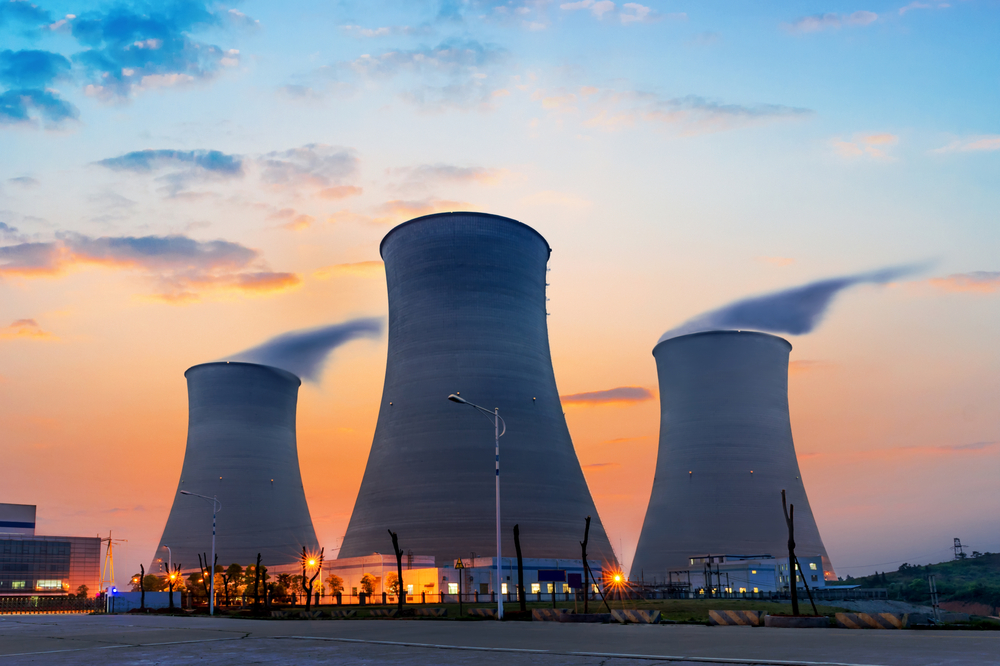Ever since the United States brought atomic energy onto the scene during World War II, the world has been trying to find more efficient ways to generate energy with it. Since then, nuclear power plants have been churning out energy to communities around the world. However, there have been many instances of nuclear energy being incredibly dangerous. Some of the best-known incidents are Three Mile Island, the Chernobyl Disaster, and Fukushima. Those disasters demonstrate how a much safer thorium reactor might change the way we think about nuclear energy.
How Nuclear Reactors Work
A few different experiments are being developed using thorium reactors to test the viability of replacing the current reactors. Understanding why there is a need for these types of reactors requires knowing how current nuclear reactors work.
At a very basic level, current reactors convert thermal into electrical energy. Nuclear fuel rods are lowered into a pool where water is heated up, creating a massive amount of steam. This steam is forced through a turbine, spinning the fans and turning the axle in an electric generator. Typically, the reaction is controlled and suppressed and everything is as it should be. But if fuel rods are exposed too greatly, water levels fall too low, or the reactor heat becomes too high, a dangerous chain of unstoppable events occur leading to the disasters we have seen in the past. During these “meltdowns,” the fuel rods continue reacting uncontrolled. This destroys the protective chambers and can explode and/or release large amounts of radiation.
How Thorium Reactors Work
In essence, thorium reactors are a kind of molten salt reactor. The fuel is a molten salt which is pumped from the critical core to a heat exchanger that heats water, converting it to steam, and working the turbine generator much like how current light and heavy water reactors work. The nuclear fuel itself is mixed into a molten salt. This means that the thorium is turned into uranium rather than directly using uranium, pumping fuel without shutdowns, and using a salt coolant to operate at higher temperatures.
These aspects of thorium reactors could make nuclear energy far safer. Rather than attemping to control a reaction, some energy is spent to keep the reaction going. Thorium accepts more neutrons if the salt does overheat, meaning there is less of it firing around that would otherwise cause more chain reactions. It also expands considerably if it overheats, which would push the fuel out of the critical core, stopping the reaction. However, the most important safety improvement is its fail-safe core. The freeze plug at the bottom of the reactor has to be actively cooled. If something goes wrong in the reactor, the plug melts and the fuel drains into a passively cooled sub-critical storage chamber. This keeps the reactor from experiencing a meltdown.
While this kind of reactor design is not without its problems, those problems are far fewer and potentially less severe compared to current day reactors. It will be interesting to keep an eye on how thorium reactors change how we think about nuclear energy in the future.

